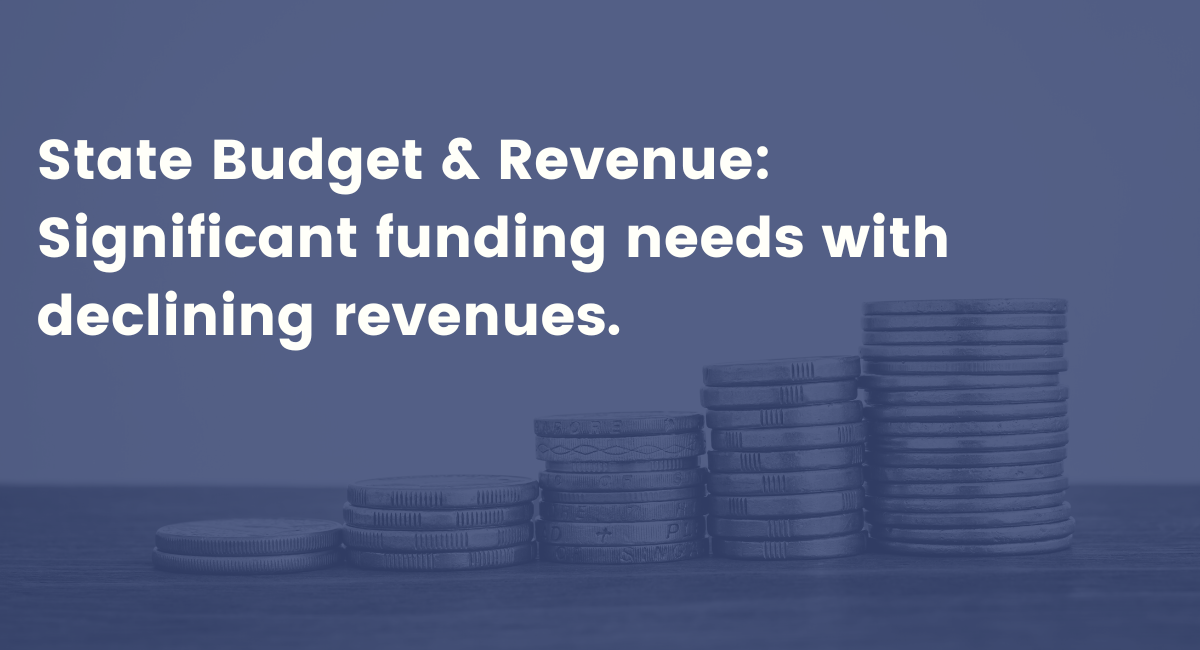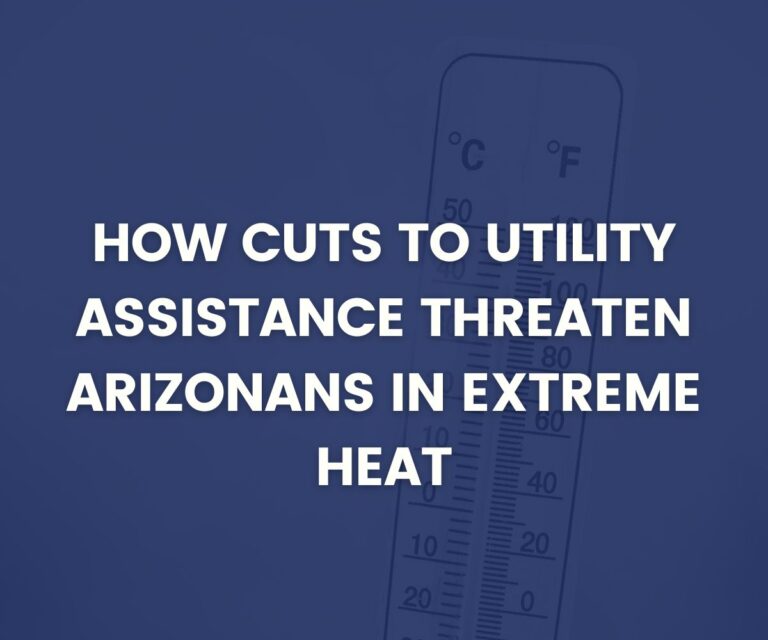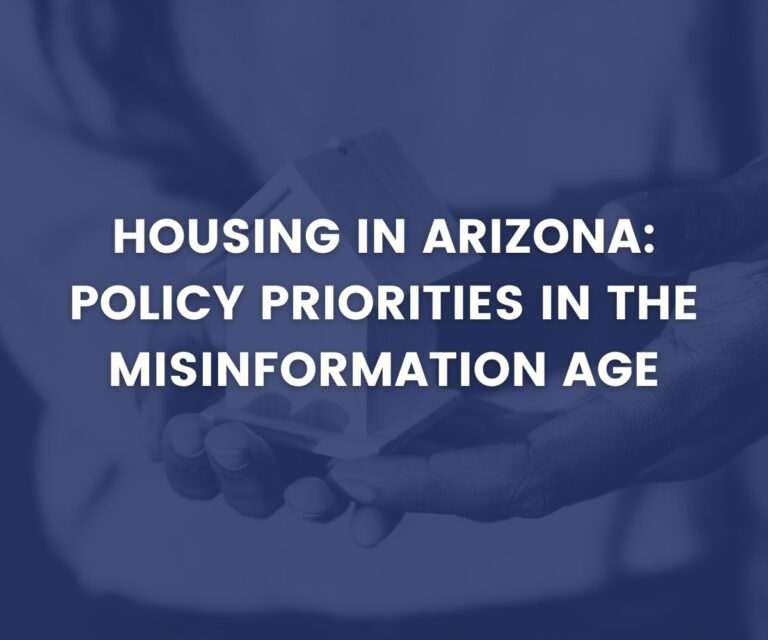
A PRELIMINARY LOOK AT THE STATE BUDGET AND REVENUES
The last couple of weeks have given us a glimpse into what is likely to be a difficult session when the legislature returns in January: Significant funding needs with declining revenues.
Funding needs are high. On September 1, state agencies submitted their budget requests for the budget year beginning July 1, 2024. Agencies identified just under $1 billion in funding needs outside of the increases already assumed in the budget forecasts, primarily K-12 education and Medicaid funding. (See https://www.azjlbc.gov/budget/requestanalysis100223.pdf) The budget assumed an ending balance of $76 million for next budget year. In addition to the nearly $1 billion in funding needs for next year, state agencies identified more than $40 million in supplemental issues for the current budget year, including $4.7 million in the Department of Economic Security for growth in adult protective services caseloads and $36.8 million in the Department of Child Safety for caseworkers.
Private school vouchers. The Department of Education does not submit a budget request for adjustments to the K-12 education formula, but both the Department of Education and the Governor’s office have stated that private school vouchers (Empowerment Scholarship Accounts) are expected to cost more than $300 million above what was assumed in the budget. What is not yet known is if there will be any savings for payments to public schools as a result of students moving to vouchers. Public schools will be reporting 40th-day enrollment numbers in October.
State revenues are less than expected. On September 20, the Joint Legislative Budget Committee staff released their Monthly Highlights. For the first two months of the budget year, state revenues were $129 million below the projections assumed in the budget. Individual income tax revenues alone were $98 million below projections, with most of that ($83 million) coming from withholding taxes being less than expected. The budget assumed only $10 million in unobligated funding, raising the question: Will state revenues be sufficient to cover approved spending, let alone supplemental needs?
What’s next?
The Finance Advisory Committee meets October 11, at which time updated revenue projections will be released. If revenues do not recover, the legislature will be faced with rebalancing the current budget when it returns in January.
Why doesn’t the state have enough money to address the critical needs identified by the state agencies? Two quick answers come to mind: (1) Tax cuts that have depleted state revenues and (2) Private school vouchers that will undoubtedly cost more than assumed in the budget.
Tax Cuts. Arizona’s legislature has passed some kind of tax cut every year since 1990, with two exceptions – 2003 and 2020. Most recently, the legislature passed a flat individual income in 2021 that was projected to remove more than $2 billion from state revenues. It appears now that the loss of revenue may be even more than expected.



